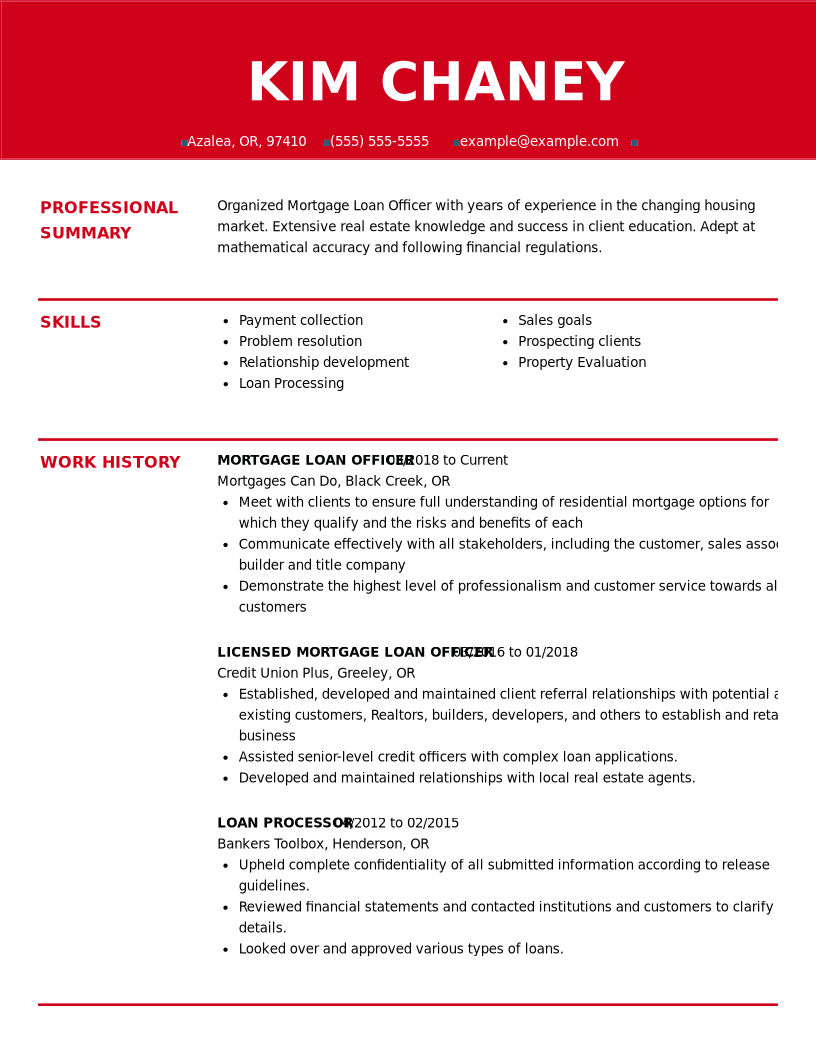Table of Content
Those discount points represent interest that you’re repaying on your loan. If you decide to purchase points, you pay the lender a percentage of your loan amount at closing and, in exchange, you get a lower interest rate for the loan term. Typically, for every point you purchase, you get to lower your interest rate by 0.25%. Origination points, on the other hand, are lender fees that are charged for closing on a loan. Origination points don’t save borrowers money on interest, although they can sometimes be rolled into the balance of a loan and paid off over time. Sometimes origination points are called an "origination fee." These points vary from lender to lender and are sometimes negotiable, but not usually.

For example, one point on a $100,000 loan would be one percent of the loan amount, or $1,000. Two points would be two percent of the loan amount, or $2,000. Points don’t have to be round numbers – you can pay 1.375 points ($1,375), 0.5 points ($500) or even 0.125 points ($125). The points are paid at closing and increase yourclosing costs. Loan approval is subject to credit approval and program guidelines. Not all loan programs are available in all states for all loan amounts.
More from Bank of America
That might sound all sunshine and roses at first, but get this—it’s going down because you’reprepayingthe interest. In reality, you’re just paying part of it at the beginning instead of paying it over the life of the loan. Borrowers are typically able to buy from zero to four discount points. But the money you pay for points, like the $3,000 paid in the above example, might be better used or invested somewhere else.

We do not offer financial advice, advisory or brokerage services, nor do we recommend or advise individuals or to buy or sell particular stocks or securities. Performance information may have changed since the time of publication. Before the sale closes, you can find information about the points to be paid or lender credits in your closing disclosure document. Afterward, the information about the points you paid is listed in Box 6 of the IRS’ Form 1098, the Mortgage Interest Statement. Mortgage discount points are portions of your mortgage interest that you elect to pay upfront. By doing this, you’re able to lower your interest rate for the length of your loan term.
Have you found a home? Start your application process.
We are an independent, advertising-supported comparison service. In general, the longer the length of the loan, the more likely it is that points will benefit the borrower. Khadija Khartit is a strategy, investment, and funding expert, and an educator of fintech and strategic finance in top universities. She has been an investor, entrepreneur, and advisor for more than 25 years. What this means is to arrange for a higher instalment amount to be transferred to your home loan servicing account, he explained. As such, for those planning to buy a home, analysts noted that financial prudence is key, especially with some economies expected to slip into a recession.
Paying points can cost thousands of dollars, and it’s not always easy to come up with that money in addition to a down payment. There appears to be little respite on the horizon for the rental market. Tenants tend to bear the brunt of the trickle-down effect of rising mortgage rates, with housing rents hitting record highs this year.
The Ins and Outs of Mortgage Discount Points
Keep that in mind for budgeting reasons when it's time to figure out how much money you'll need to pay upfront to buy your home. A mortgage par rate is the standard interest rate calculated by an underwriter based on a borrower's credit application for a specific mortgage loan. On a $100,000 mortgage with an interest rate of 3%, your monthly payment for principal and interest is $421 per month. Essentially, you pay some interest up front in exchange for a lower interest rate over the life of your loan. Each point you buy costs 1 percent of your total loan amount. You can decide whether to pay points on a mortgage based on whether this strategy makes sense for your specific situation.

In general, if you can make a down payment large enough to eliminate PMI that should take priority. So, make a large enough down payment to avoid PMI (which is 20%), and then consider buying points if you have money left over. When applying for a mortgage in some cases you can opt buy points from the lender to trim the loan's interest rate. Chase's website and/or mobile terms, privacy and security policies don't apply to the site or app you're about to visit. Please review its terms, privacy and security policies to see how they apply to you.
Once you get a quote from a lender, run the numbers to see if it’s worth paying points to lower the rate for the length of your loan. A spreadsheet or amortization table is probably the best tool for getting a detailed view of how points affect your loan. You need to make a lump-sum payment for the cost of the point when you get your mortgage.
Did you know that in some cases you can pay to reduce the interest rate on your mortgage loan? The more points you buy the higher your closing costs are but the lower your payment and interest rate is. Again, by lowering your interest rate, your monthly mortgage payments also go down. So, you'll have extra money available each month to spend on other things.
So points are ideally suited for a fixed-rate, long-term mortgage that most likely isn’t going to be refinanced anytime soon. Origination fees are charged by lenders for closing on a loan. Origination fees don’t lower your interest, but some lenders will roll them into the loan to be paid off over time.

Discount points are tax deductible; Origination Points are fees, so they are not. On average, 1 mortgage point is worth a 0.25% reduction in your mortgage interest rate, but this reduction in interest rate can vary depending on your lender, offers, incentives, or individual circumstance. The break-even point is important as it helps you find the point in time when you will start to see the actual savings on your loan from your purchase of mortgage points. However, if you opt for the 1.75-point discount, you end up paying $375,586 over the life of the loan.
A loan with a one-percent lender credit at one lender may or may not have a higher interest rate than the same kind of loan with no lender credits at a different lender. Each lender has their own pricing structure, and some lenders may be more or less expensive overall than other lenders – regardless of whether or not you’re receiving lender credits. Explore current interest rates or learn more about how to shop for a mortgage. Do some math to figure out when the upfront cost of the points will be eclipsed by the lower mortgage payments. If the timing is right and you know you won’t move or refinance before you hit the breakeven point, you should consider buying points. For example, let’s say you take out a $200, year fixed-rate mortgage at 5.125%.
The more discount points you buy, the lower your interest rate will be. Another way to understand discount points is to look at them as prepaid interest. With this plan, your reduced interest rate would save you approximately $29 per month.

No comments:
Post a Comment